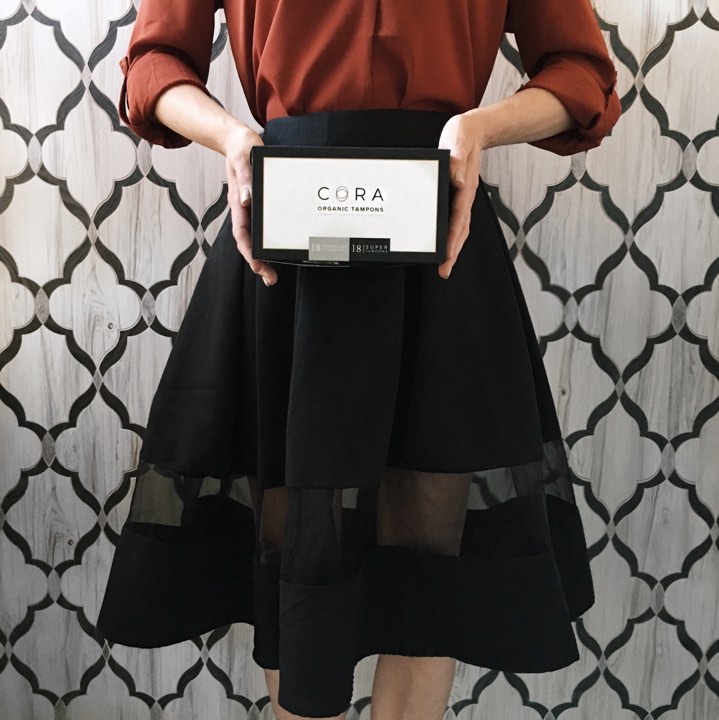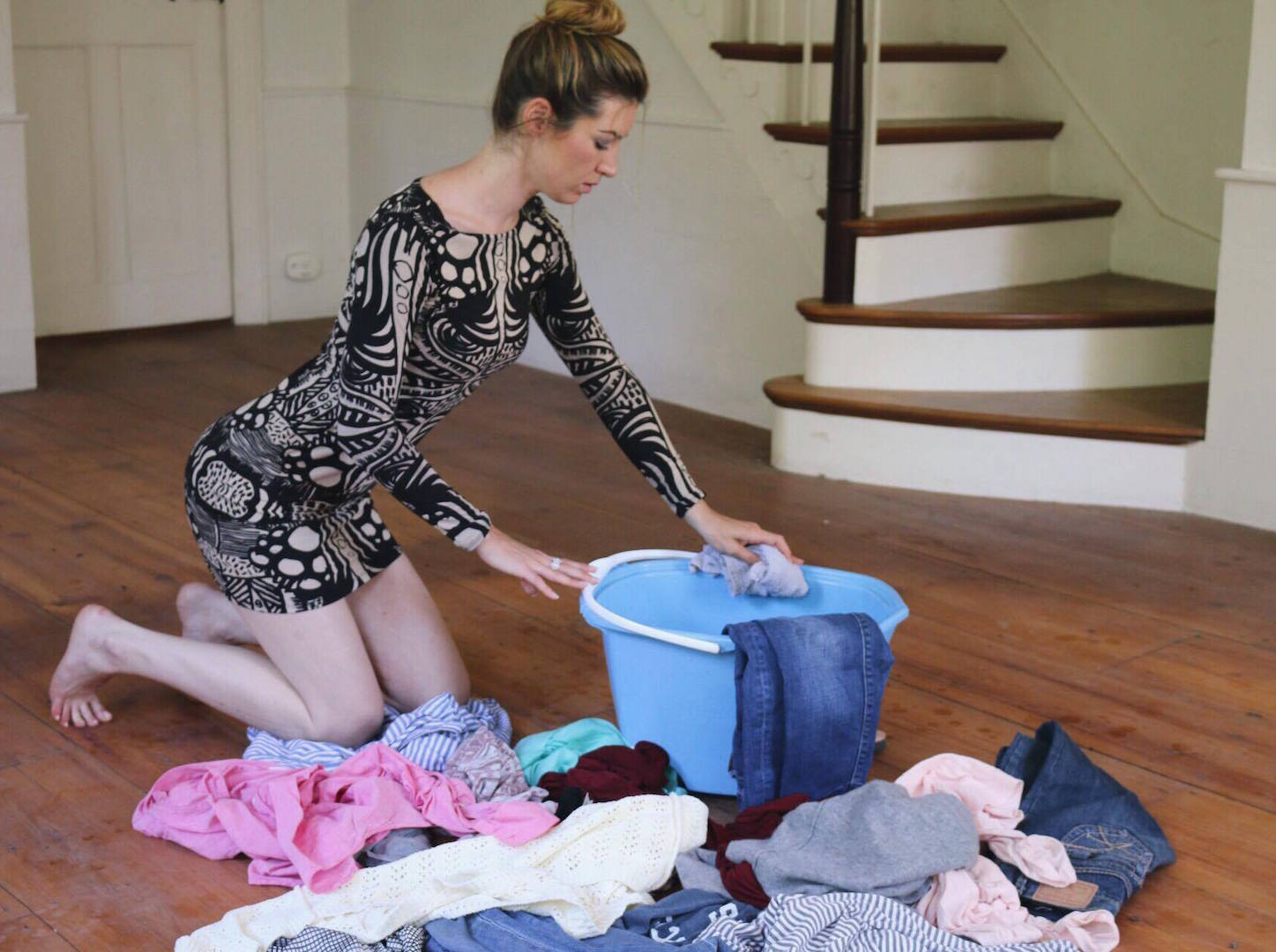Organic Tampons: Worth It?

[apss-share]
While combing the aisles of Target I came across a rather large selection of organic tampons. This wasn’t the first time I had seen them. In fact, advertisements for organic tampons had been plaguing my social media pages for almost a year. So why had I been so quick to ignore them. Organic is good, right? And, if I sought out clothing made from organic materials and makeup from organic ingredients why not feminine care items as well?
Not All Tampons Are Created Equally
We have come a long way in the evolutionary history of tampons (thankfully Elephant Dung is no longer used – no seriously it was used). The modern tampon that we know today, with an applicator, was created and patented by Earl Haas in 1931 but was bought out and produced by a woman, Gertrude Tendrich. Gertrude was the force behind Tampax and started off by sewing them at home. While tampons rose in popularity it really wasn’t until the sexual revolution of the 1960’s that they really started to take off, more brands started to appear, and things got well… weird.
Aside from the cardboard, plastic or no applicator at all new “features” were introduced such as scented. Additionally, as they gained popularity for mass production purposes and the general direction of manufacturing on a whole, chemicals were introduced both in the growing and manufacturing of tampons.
Why Do We Need Organic Tampons?
Traditional tampon manufacturing and additives leave a lot to be questioned. To clean cotton and rayon chlorine is used. While production methods have adapted to new information on harmful chemicals including chlorine (as Kavin Senapathy notes in her article “Everyone Calm Down About Chemicals in Tampons”, these new methods have yet to be fully tested and explored.
“Tampon manufacturers formerly used chlorine gas to bleach the rayon used in tampons, but the method was abandoned in the nineties to reduce formation of dioxin compounds, which are persistent organic pollutants that accumulate in the environment. All brands now use either elemental chlorine-free (ECF) bleaching without chlorine gas, or totally chlorine-free (TCF) bleaching agents. Even though ECF methods prevent formation of dioxins, the compounds are present throughout much of the environment, so there can still be trace amounts in tampons (our exposures to dioxins in food and environment are much higher).”
The concern is the trace amounts which have been known to build up in the body overtime and is linked to cancer and endometriosis. The addition of aluminum, alcohols, fragrances and hydrocarbons are all known to be harmful don’t help matter.
What Are Organic Tampons?
From online subscriptions, to boutique health stores, to big box stores, organic tampons seem to be everywhere. Organic tampons are simply that – made from organic materials. But, not all are created equally. Organic cotton, grown without the use of pesticides or insecticides, offers consumers some ease of mind but in reality is a highly unregulated business. This is why it is important to look for independent certification like GOTS which has a strict standard of exactly what organic entails.
Organic tampons are also free of chemical dyes and fragrances meaning you don’t have to worry about your PH balance being thrown off or allergic reaction because of some unnecessary additives.
Organic tampons may also be better for the farmers. Because many organic tampon manufacturers opt for independent certifications such at Global Organic Textile Standard, they must adhere to a strict code protecting worker’s rights. This includes no child labor, providing safe working conditions, and fair wages are paid. Many times this also includes progressive environmental practices to help reduce the use of water and ensure soil levels and health can be properly maintained.
How to Choose Organic Tampons?
One of the reasons organic tampons haven’t caught on quite yet is because of two factors: one, we like convenience. Just like I typically go to Target to buy my feminine products, we want our “good for us” products to be equally convenient. Luckily this is starting to change with more organic brands realizing consumer habits and adapting as needed. Secondly, we are brand loyal. Most of us tend to stick with the brand we first started using. If for no other reason than we know (or think) it works the best. Sometimes change can be hard. But, if we are putting so much attention into what we eat, what we wear, and what we put on our skin why should what we put in ourselves be any different?
If you’re more of a convenience shopper read the back of the box or better yet do your research ahead of time. Get to know the brands available, where to buy, their story, and their certification process. And, don’t forget online reviews. Thankfully and sometimes much to our dismay we live in an era where everything is dissected online. Just about every product out there has reviews readily available – go check them out! You may be pleasantly surprised.
Final Thoughts: Are Organic Tampons Worth It?
My vote is yes! While we still may need more information on some brands, companies producing organic tampons tend to be much more forthcoming with their information. They seek independent certification, have an eye on consumer health, and generally want to change the way feminine products not only affect the consumer but the environment and labor force behind them as well. Tampons have come a long way – from Elephant dung, to being sewn at home, to now organic products. This may just be the next evolutionary step in women’s hygiene products but, its a good step to make and only stands in increase in popularity and demand.




